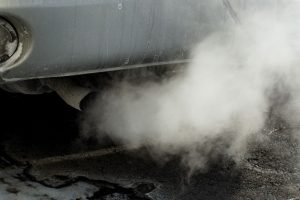Blog
Read all the latest news, features, and insights from the Lightfoot team

Choosing the right telematics partner is a big decision - one that can impact cost, safety, compliance, and sustainability across Read more...

The reality of switching systems in 2025 is far simpler than it used to be. It shouldn’t be something fleet Read more...

How Optimising Driver Performance Drives Safety, Savings, and Sustainability Formula One might seem a world away from fleet management with Read more...

We’re thrilled to announce that Pierce Crossley, a driver from Dalkia, has been named Lightfoot’s Fleet Driver of the Year Read more...

There’s a noticeable shift happening in the fleet world – and this year, that was clear at the Commercial Vehicle Read more...

The shift to electric vehicles (EVs) is gathering pace, and for good reason. With lower running costs, reduced emissions, and Read more...

One simple trick to cut down on fuel expenses and reduce emissions? Kick idling to the kerb. If you're running Read more...

With fleet technology advancing at a rapid rate, fleet operators are better equipped than ever before when it comes to Read more...

The Energy Savings Opportunity Scheme, or ESOS, is a mandatory energy assessment and saving scheme brought in by the UK Read more...